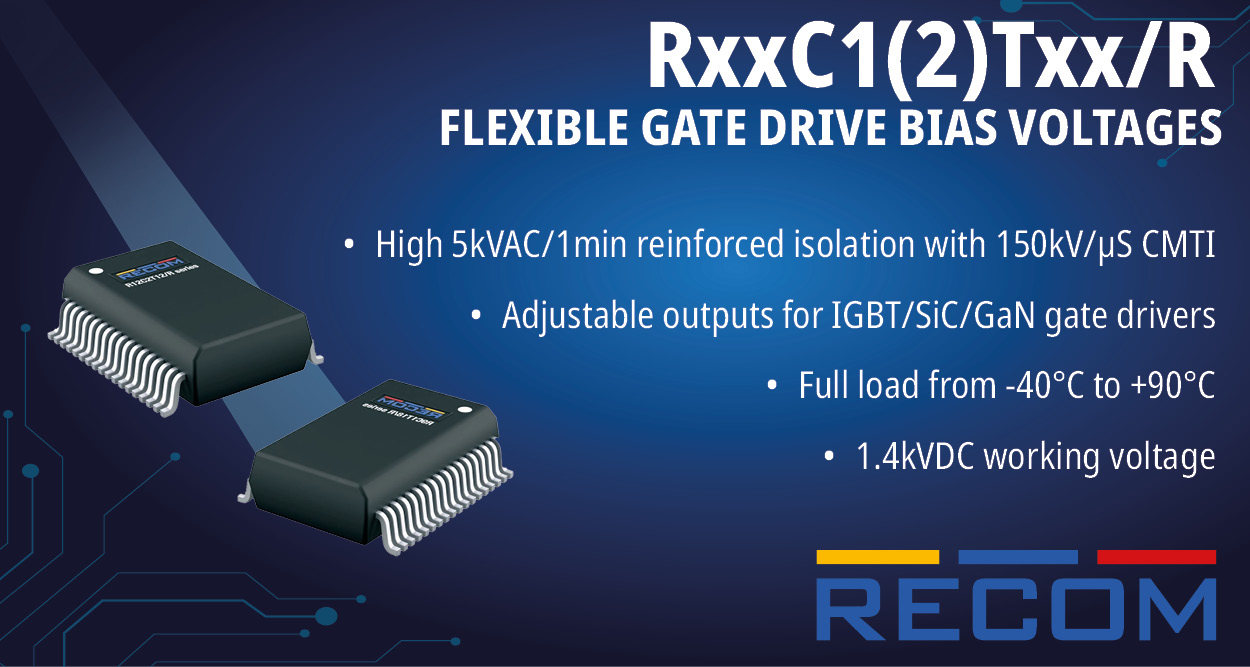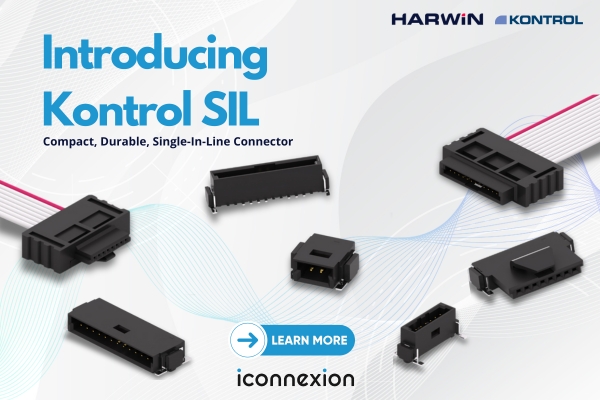The global 5G chipset market was valued at US$ 48.17 billion in 2024 and is projected to reach US$ 248.56 billion by 2033, reflecting a Compound Annual Growth Rate (CAGR) of 18.01% during the forecast period from 2025 to 2033.

The 5G chipset market is experiencing significant growth driven by advancements in frontier nodes such as 3nm and 4nm, along with the integration of AI-driven beamforming technologies and cross-industry digitization. These developments are crucial as they enhance the performance and efficiency of 5G chipsets, making them more suitable for various applications across different sectors.
Leading players in the market are prioritizing energy efficiency and the scalability of solutions for the IoT and automotive sectors. As geopolitical shifts impact supply chains, manufacturers are focusing on creating chipsets that can adapt and thrive in this dynamic environment. Additionally, the evolution of standalone (SA) networks and edge computing technologies plays a vital role in addressing the trade-offs between coverage and sustainability. This ensures that 5G networks can provide reliable service while minimizing environmental impact.
5G Chipset Market Key Takeaways
- The sub-6 GHz band holds a commanding position in the 5G chipset market, accounting for over 65% market share.
- In terms of deployment, smartphones significantly influence the 5G chipset market, driving 55.40% of overall demand.
- When examining the end-use industry, the IT and telecom sector shows a notable dependency on 5G chipsets.
- Regarding processing node type, the 7 nm node is the dominant player in the 5G chipset market, capturing over 58.0% market share.
Regional Analysis
Asia Pacific’s Dominance in the 5G Chipset Market
The Asia Pacific region currently dominates the 5G chipset market, holding an impressive 48% market share. This significant position is largely driven by China’s extensive infrastructural scale and India’s affordability-driven ecosystem.
- Rise of High-Speed Connectivity: The rapid rise of high-speed connectivity in the Asia Pacific is a critical factor behind the growth of the 5G chipset market. As consumers and businesses increasingly demand faster and more reliable internet connections, the deployment of 5G networks becomes essential.
- Enabling Faster and More Reliable Connectivity: The use of 5G chipsets is instrumental in meeting the rising demand for enhanced connectivity. By enabling faster and more reliable connections, these chipsets support a wide range of applications and services that are essential for modern society.
- Driving Development of New Use Cases: The increasing reliance on 5G technology is driving the development of new use cases and applications across various sectors. In smart cities, 5G facilitates efficient resource management and improved urban planning. In the healthcare sector, it enables telemedicine, remote monitoring, and real-time data sharing, enhancing patient care.
North America’s 5G Chipset Market Overview
North America’s 5G chipset market is experiencing robust growth, primarily fueled by the increasing deployment of enterprise IoT solutions and mmWave technology.
- Enabling Emerging Technologies: The deployment of 5G networks in North America is a catalyst for the advancement of emerging technologies such as autonomous vehicles, augmented reality (AR), and virtual reality (VR). These applications rely heavily on the low latency and high bandwidth that 5G technology offers.
- Investment in Smart Solutions: The U.S. is witnessing significant investments in smart home, industry, and city initiatives. These investments are transforming urban infrastructure and daily living by leveraging 5G connectivity to enhance efficiency and convenience.
- Projected Demand for 5G Chipset Components: As these advancements continue to unfold, the demand for 5G chipset components in the U.S. is projected to surge. The convergence of enterprise IoT, innovative technologies, and consumer interest in enhanced connectivity solutions is creating a dynamic environment for the 5G chipset market.
Expected Growth of the 5G Chipset Market in Europe
The 5G chipset market in Europe is projected to experience substantial growth at a significant CAGR (Compound Annual Growth Rate). This anticipated expansion is driven by several key factors shaping the telecommunications landscape across the continent.
- Rollout of 5G Networks Using Low-Band Spectrum: One of the primary factors contributing to the growth of the 5G chipset market in Europe is the rollout of 5G networks utilizing low-band spectrum. Low-band spectrum offers extensive coverage and improved penetration, making it particularly suitable for urban and rural deployments.
- Greater Availability of 5G Smartphones: Another significant factor influencing the European 5G chipset market is the greater availability of 5G smartphones across various European countries. As manufacturers introduce an increasing number of 5G-compatible devices, consumers are more likely to adopt this technology.
- Government Initiatives and Investments: Furthermore, government initiatives and investments aimed at rolling out standalone 5G networks are expected to significantly bolster market growth in Europe. Many European countries are prioritizing the development of 5G infrastructure as part of their national strategies for technological advancement and economic growth.
Top Trends Escalating the 5G Chipset Market
Shift Toward 3nm/5nm Process Nodes for Energy-Efficient 5G SoCs: The transition to 3nm and 5nm process nodes is significantly driving the 5G chipsets market, as these advanced technologies allow for the creation of energy-efficient system-on-chip (SoCs). By utilizing smaller process nodes, manufacturers can increase the transistor density, leading to enhanced performance while simultaneously reducing power consumption. This is particularly important in the context of 5G, where energy efficiency is critical for mobile devices and network infrastructure.
Integration of AI Accelerators: The integration of AI accelerators within 5G chipsets is another key factor propelling the market forward, particularly in edge computing. As more data is generated at the edge of networks, the ability to process this data locally becomes increasingly important. AI accelerators enhance the processing capabilities of 5G chipsets, enabling real-time data analysis and decision-making at the edge.
Rising Adoption of Open RAN Architecture: The growing adoption of Open RAN (Radio Access Network) architecture is driving the demand for modular chipset designs in the 5G chipsets market. Open RAN promotes interoperability and flexibility, allowing telecom operators to deploy and manage networks more efficiently. As a result, chipset manufacturers are increasingly focusing on developing modular designs that can be easily integrated into diverse network environments.
Accelerated IoT Adoption: The accelerated adoption of the Internet of Things (IoT) is significantly influencing the 5G chipsets market, particularly due to the requirement for low-latency connectivity for smart devices. As more devices become interconnected, the need for seamless communication becomes critical. 5G technology offers the high-speed, low-latency connectivity necessary to support a vast array of IoT applications, from smart home devices to industrial automation systems.
Government Mandates for 5G Infrastructure Upgrades: Government mandates for 5G infrastructure upgrades in sectors such as telecom and defense are also playing a pivotal role in driving the 5G chipsets market. As nations recognize the strategic importance of advanced telecommunications infrastructure, investments in 5G technology are becoming a priority.
Surging Demand for Ultra-Reliable Private 5G Networks: The surging demand for ultra-reliable private 5G networks in industrial automation is a significant driver of the 5G chipsets market. Industries are increasingly seeking dedicated 5G networks that can provide enhanced reliability, security, and performance for critical operations. Private 5G networks enable manufacturers to leverage advanced technologies such as automation, robotics, and real-time data analytics.
5G Chipset Market Segmentation
By Frequency
The sub-6 GHz band holds a dominant position in the 5G chipset market, commanding over 65% market share. This dominance is largely attributed to its spectral efficiency, which is particularly beneficial for macro-network deployments. In urban and suburban environments, operators often prioritize coverage and reliable connectivity over extreme speeds. The sub-6 GHz band excels in this regard, allowing for widespread coverage that meets the needs of users in densely populated areas.
By Deployment
Smartphones are a significant driver of demand in the 5G chipset market, accounting for 55.40% of the overall demand. This substantial figure can be attributed to several factors, including carrier subsidies that make 5G devices more accessible to consumers and the growing requirements of the app ecosystem. As mobile applications become increasingly sophisticated and data-heavy, the need for advanced 5G chipsets in smartphones has never been more critical.
By End Use Industry
The dependency of the IT and telecom sector on 5G chipsets in the market is significantly driven by the increasing deployment of dense small-cell networks and the integration of AI-driven network slicing. These advancements are crucial for enhancing network efficiency and capacity, enabling telecom providers to deliver superior services to their customers. As the demand for robust and reliable connectivity continues to grow, the reliance on advanced 5G chipsets becomes more pronounced.
By Processing Node Type
The 7 nm node has established a stronghold in the 5G chipset market, commanding over 58.0% market share. This dominance can be attributed to its optimal transistor density, which reaches 96.5 million transistors per square millimeter. Such high transistor density facilitates the development of high-performance chipsets while being cost-effective, making it an attractive choice for manufacturers looking to integrate 5G modems and RF capabilities into their devices seamlessly. Major industry players like MediaTek Inc., Huawei Technologies Co. Ltd., Intel Corporation, and Qualcomm Incorporated are predominantly focusing their efforts on the production of 5G chipset components utilizing the 7nm processing node.
Recent Developments in the 5G Chipset Market
- MediaTek Launches T930 Chipset: In May 2025, MediaTek announced the launch of its T930 chipset, specifically designed for 5G Fixed Wireless Access (FWA) and mobile Wi-Fi (Mi-Fi) devices. This new chipset aims to enhance connectivity options, providing improved performance and efficiency for users relying on wireless access for their internet needs. With the increasing demand for high-speed internet, MediaTek is positioning itself to meet the needs of consumers and businesses alike by offering advanced technology solutions.
- Samsung Unveils Galaxy F56 5G Smartphone: In May 2025, Samsung introduced the Galaxy F56 5G smartphone. This new device is powered by a MediaTek Exynos 1480 processor, which ensures robust performance for a wide range of applications. Samsung’s continued investment in 5G technology underscores its commitment to providing cutting-edge devices to consumers in the competitive smartphone market.
- Realme C75 5G: In May 2025, Realme announced the C75 5G in India as a new budget-friendly option. This smartphone is equipped with a MediaTek chipset and boasts a substantial 6000mAh battery, catering to users who prioritize battery life alongside performance.
Top Companies in the 5G Chipset Market
- Analog Devices, Inc.
- Anokiwave
- Huawei Technologies, Inc.
- Infineon Technologies AG
- Intel Corporation
- MACOM
- MediaTek Inc.
- Murata Manufacturing Co., Ltd.
- Qorvo, Inc.
- Qualcomm Technologies, Inc.
- Samsung Electronics Co., Ltd.
- Unisoc Communications Inc.
- Other Prominent Players
Market Segmentation Overview
By Type
- Modem
- RFIC
- RF transceiver
- RF front end
By Processing Node Type
- 7 nm
- 10 nm
- Above 28 nm
By Frequency Type
- Sub-6 GHz
- 26–39 GHz
- Above 39 GHz
By Deployment Type
- Telecom Base Station Equipment
- Smartphones/Tablets
- Connected Vehicles
- Connected Devices
- Broadband Access Gateway Devices
- Others
By End Use
- Manufacturing
- Energy & Utilities
- Media & Entertainment
- IT & Telecom
- Transportation & Logistics
- Healthcare
- Others
By Geography
- North America
- Europe
- Asia-Pacific
- Latin America
- Middle East and Africa
Source: https://www.astuteanalytica.com/industry-report/5g-chipset-market
















